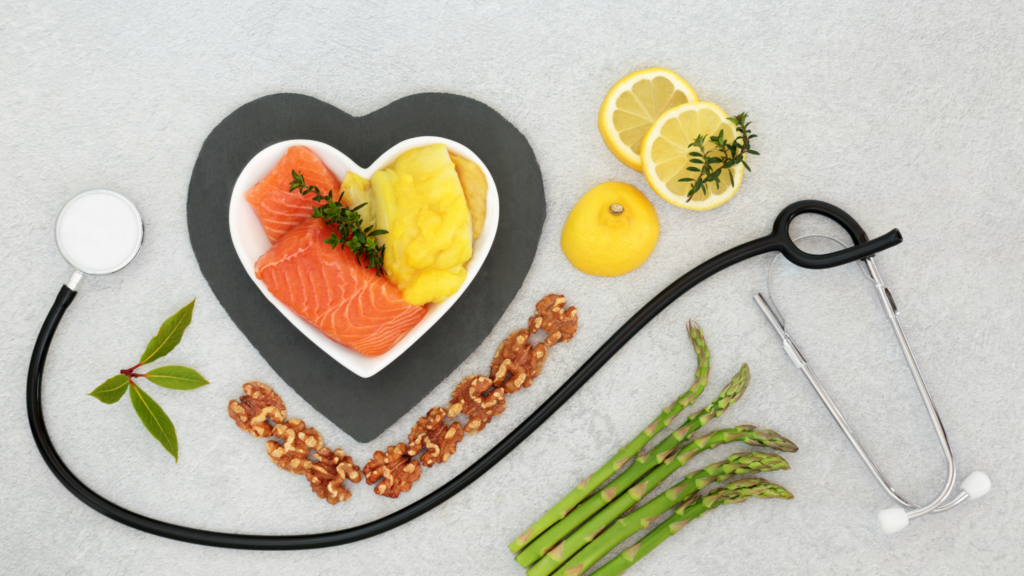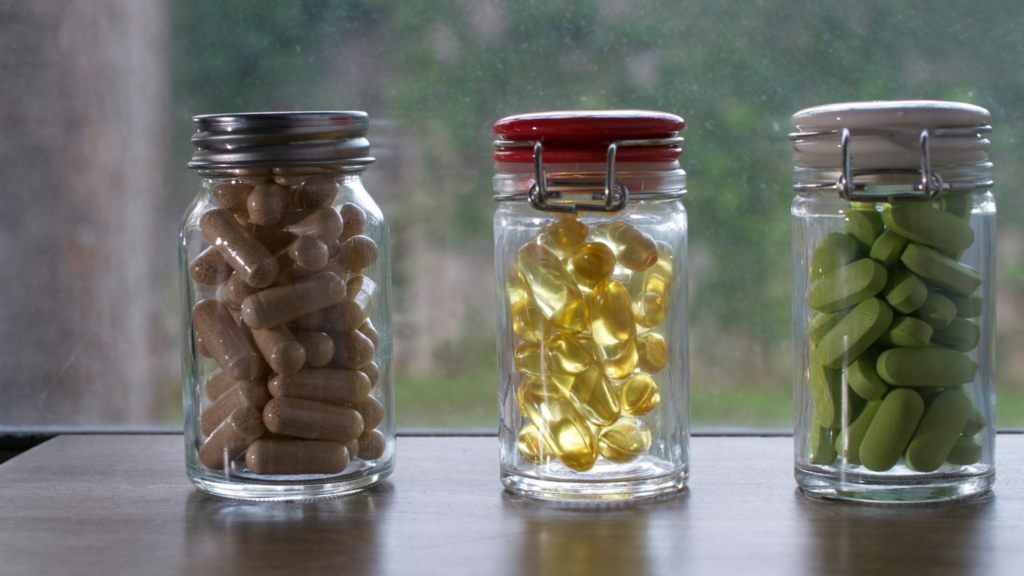Everyone says that exercise is good for your health but not everyone will take the time to elaborate on how and why this is the case. Many reasons are out there. For example, how does regular exercise improve cardiovascular function?
Two of the primary ways are improving the heart’s capacity to pump blood around the body to key areas such as the muscles, which means more oxygen gets to them, allowing them to function more efficiently.
What is the best exercise for cardiovascular health? This is a pretty situational question. However, you will be provided with some great options below. Note that if you’re afraid to exercise because of heart palpitations, you may want to reach out to your GP to confirm what intensity you can handle.
Why Might You Want to Incorporate Exercise Training into Your Routine?

Even moderate-intensity exercise can help you to strengthen your muscles and improve your physical capabilities. What about the cardiovascular system, though? Here’s a look at the cardiovascular response to exercise, which should be a motivating factor for you to start:
- Improving blood flow: Regular cardiovascular exercise will allow the heart to more efficiently get blood to the vessels around it, which can sometimes be the site of fatty deposits. With better circulation, aerobic exercise can see you preventing heart attacks and even cause the body to create more physical blood vessel connectors.
- Regulating blood pressure: Healthier hearts get more blood out with fewer beats. Even if you don’t have high blood pressure, exercising can help you decrease the stress on your heart and its surrounding arteries. This can lower blood pressure if yours is concerning, or it can prevent it from getting there to begin with.
- Lower cholesterol: Many studies have linked cardio exercise to lower LDL and more HDL.
- Heart disease risk reduction: Regular exercise can reduce your risk of coronary heart disease by as much as 21%-29% as studies have shown. Additionally, those who are active are about 20% less likely to have a stroke.
- Promoting other healthy habits: Even without vigorous exercise, staying active can incentivize you to choose better nutrition, promote weight loss, build more skeletal muscle, etc.
What Kinds of Exercises Should You Be Looking At?

You’ll need nothing but your own body weight for the movements that will be covered. Your exercise program should be enough to combat a sedentary lifestyle if you do live one. Therefore, even if you can’t at the beginning, you want to get to the point where you can have a high-intensity interval training program setup, chaining several of these movements together.
Marching in Place
This is a cardiovascular exercise for beginners. That means you don’t need to have experience with physical activity to get going with it. As you get more advanced, you can increase the intensity.
By marching in place, you can elevate your heart rate. Not only is it great as a warm-up choice, but you can also use it as a part of your cardio training. Increasing intensity is as easy as raising your knees higher or speeding things up. Going for a minute at a time with this one should be sufficient enough.
Jogging on the Spot
This is an intermediate-level exercise and is the next step up from marching in place. It does a great job to get your heart pumping and to encourage motion in your body. It will also burn calories faster and more efficiently than its marching counterpart.
As the name implies, you will simply be moving at a jogging pace without leaving the spot you are in. Though it is an intermediate-level exercise, it can also be great for beginners since they can easily adjust the pace at which they are moving. Again, doing this for a minute at a time should be sufficient.
Jump Rope
At the beginner or intermediate level, you can do the air jump rope variation. Effectively, you will be jumping as if you are using a jump rope but you will simply be rotating your arms as if you are holding one though none is there.
Those who are at the level of cardiac output to handle actually using a rope are encouraged to do so. This is an advanced-level activity. If you can alternate between using both legs and one, you are also encouraged to do that.
Try to get to the point of being able to do 100 skips at a time.
Supine Snow Angel
This is another relatively easier exercise, which puts it squarely at the beginner level. You will be lying down for this one with your feet flat on the ground.
Next, slightly tuck your pelvis to try to keep your lower back touching the floor. From here, extend your arms from your shoulders, getting a slight bend in the hands toward your ears.
Now raise your hands to your head, allowing them to meet. Do repetitions by returning your hands to the starting position and going again. Do 30 0f these at a time.
Stair Climb
If you have access to a stairclimber machine or a set of stairs, you can get an excellent workout from using them. You can climb at an even pace and one stair at a time to begin. As you get more advanced, you can start to use a running pace and take the stairs two at a time. Try to do this for a minute at a time.
Mountain Climbers
While mountain climbers look simple, they are an advanced exercise. Get yourself into the push-up position, extending your right leg backward and keeping the left near the chest with your toe touching the ground.
Keep your hips level and swap the leg positions. The exercise is done by continuously alternating the positions of the two legs. You want to be able to keep this up for a minute.
The Bottom Line
Exercise can do a lot for your heart health and that of your whole cardiovascular system. Of course, there are other benefits such as maintaining a healthy weight. Incorporate the six movements above either altogether or in a group of three back to back, depending on your fitness level.
Try to get through the entire set three times through, and you should be well on your way!





